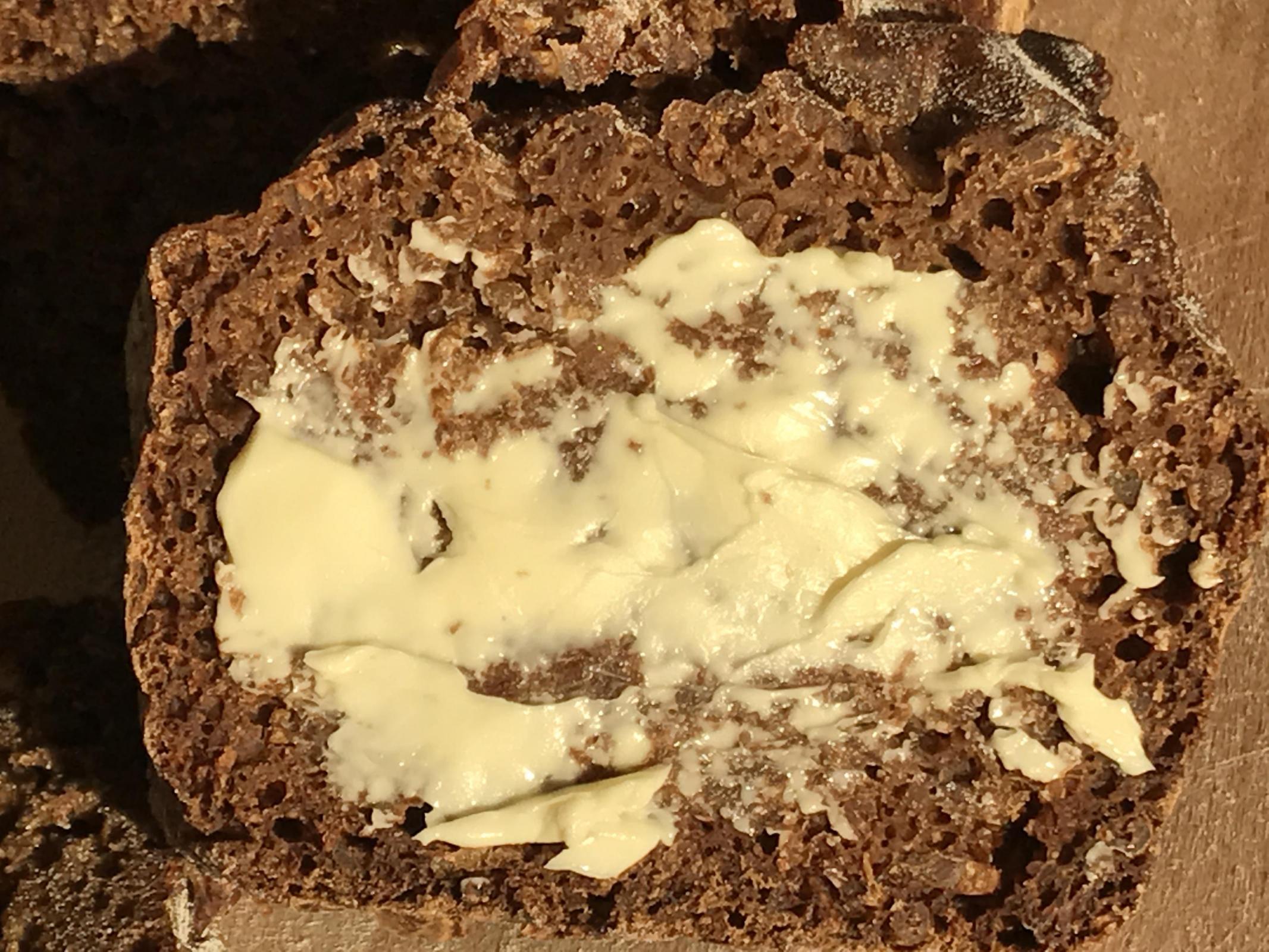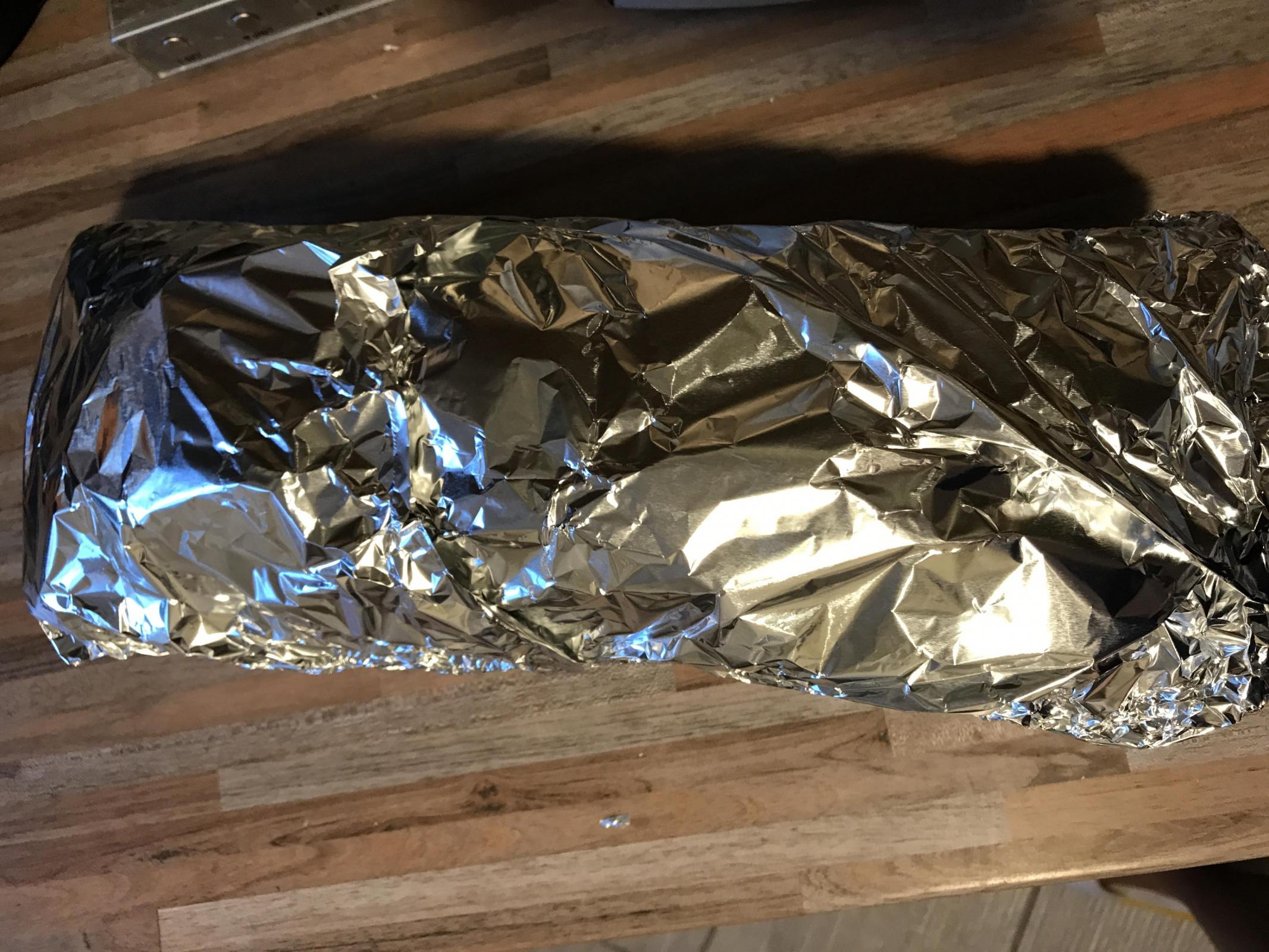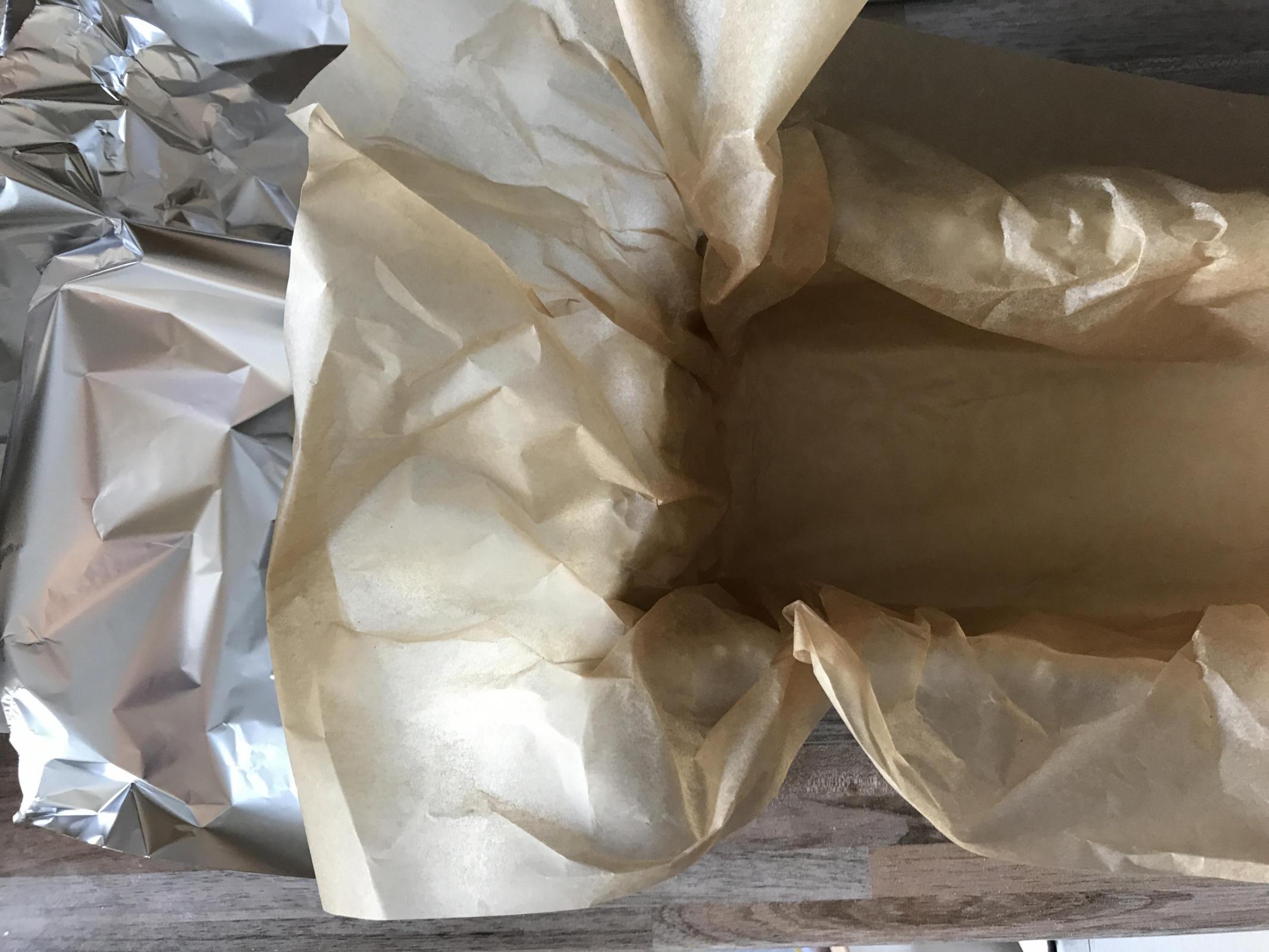This bread takes two days to make and it needs to rest for 24 hours until it can be cut into. You have to prepare 3 different starters (a preferment and two soakers), have to then boil the rye berries, I even had to crack the rye berries using a manual coffee grinder as I couldn't find any cracked rye. Then the loaf needs to bake for 14 hours at a low temperature (yes, you read that right, 14 hours) and rest for another 24, whilst you are out there drooling next to it.
Having said that, it's worth every second, it's the most hearty bread I have ever tasted - during the slow bake the sugars in the rye will caramelize and give the loaf a very juicy full flavour. Moreover, the long fermentation and baking in addition to using whole and cracked berries makes for a very healthy bread too - tasty and healthy? Yes, please!
So, let's get to it - what do you need: a sourdough starter, rye berries, cracked rye (as I didn't have any, I just cracked some rye berries myself), water, salt and some maple syrup (or molasses). This recipe yields two medium size loaves.
1. For the preferment: 50g sourdough starter, 350g cracked rye, 350g water
2. For the Rye Berry Soaker: 200g rye berries, 200g boiling water
3. For the Cracked Rye Soaker: 200g cracked rye, 200g water
4. For the dough: 500g cracked rye, 150g water, 22g salt, 100g maple syrup.
Method:
1. First day:
- prepare the perferment
- put the rye berries in boiling water and cover
- place the cracked rye in water (room tem) and cover
Leave to rest for about 16 hours.
2. Second day:
- place the rye berries in boiling water on the stove and boil until soft (about one hour). Discard any remaining water and leave to cool down
- Prepare the dough by mixing the preferment, rye berries soaker, cracked rye soaker and remaining dough ingredients and leave to rest for 15 minutes.
- Place the dough in baking tins. Because the loaves will be baked slowly over 14 hours, it is paramount that steam does not escape, as such cover them thoroughly in both baking sheets and foil (I used 5 layers just to make sure, after all I didn't want 3 days of my life to be completely wasted). :)
- Bake for 14 hours at 120 C. The classical method states that the temperature should be gradually reduced, but I skipped that part and baked it at 120 for the entire time.
- After the 14 hrs have elapsed, shut down the oven and leave the tins inside the oven for 1 hour longer.
- Take the loaves out of the tins and leave to rest inside linen couches for at least 24 hours more. Resist the urge to cut through immediately after being removed from the oven at all costs.
The next day, you can finally enjoy the pumpernickel bread.
Enjoy!
Ref: Hamelman's Horst Bandel’s Black Pumpernickel and https://www.thebreadshebakes.com/2014/08/baking-traditional-real-german-pumpernickel-bread/









